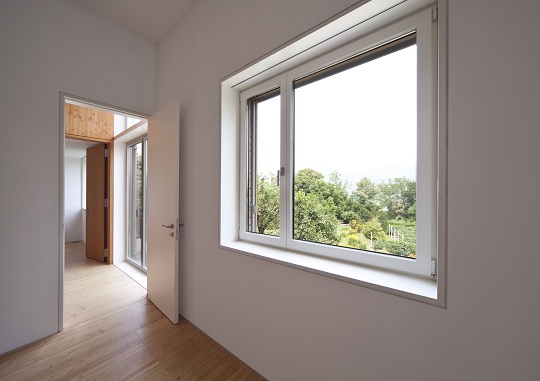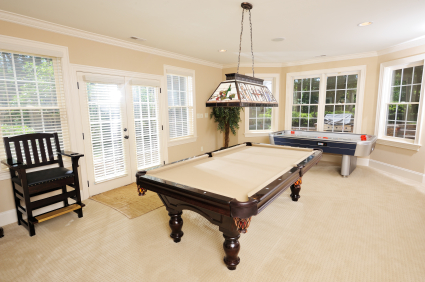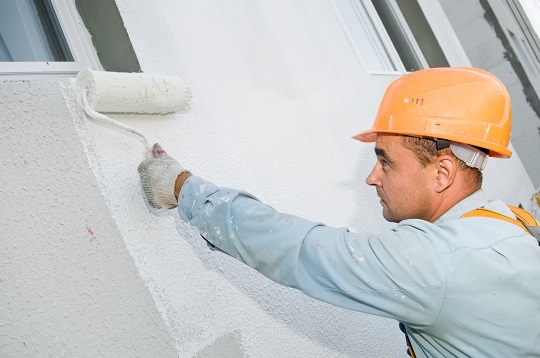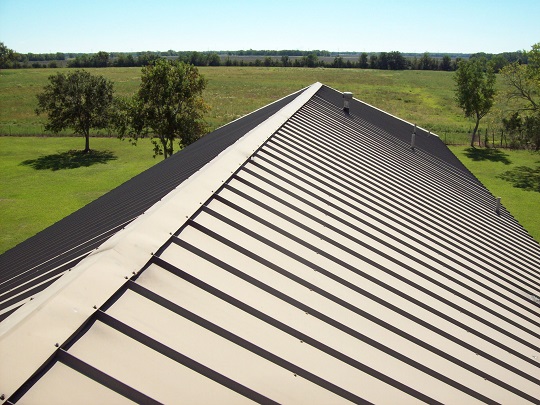If you’re planning to install storm window screens on your house, consider using storm windows made of aluminum. They are more affordable and offer the same benefits as other more expensive options. Aluminum storm windows screens are incredibly weather resistant. The material is very low maintenance, never needs paint, and offers great resistance to moisture, rotting, and warping.
Other Benefits of Aluminum Storm Windows Include…
– Improve energy efficiency by reducing air leakage to and from the home.
– Reduce heating and cooling costs
– Reduce noise dramatically
– Increase security because of durability
– Protect existing windows
– UV protection
Installation Steps
With so many benefits, installing this type of window does make a lot of sense. Here’s how to install aluminum storm windows screens:
1. Identify the style of your window casing. A western window casing has a blind stop, which is a recessed strip of wood that allows the storm window frame to rest flush with the exterior of the casing. An eastern window casing doesn’t have this stop, but instead overlaps with the window and is attached to it.
2. Get measurements. Measure the casing horizontally between the inside edges at the top, center, and bottom. Then, measure vertically at the middle and also along each side. For a western style casing, the storm window must be ¼ inch narrower and shorter than the opening of the casing. For an eastern casing, the window needs to be 5/8 inch taller and a minimum of 1 ¼ inches wider than the casing.
3. Caulk the window to weatherproof. Apply caulk (elastomeric or butyl) where the storm window and casing will make contact. Install the storm window screen before the caulk material dries.
4. Position the storm window. If you have a western casing, let the bottom edge of the storm window sit on the windowsill and then fit it into place up the casing. With an eastern casing, carefully and equally overlap the side fins of the storm window with the casing. Screw the top fin’s middle hole into place.
5. Attach the storm window. Screw the window into the casing starting from the screw holes at the bottom all the way up and around the edges, ensuring the storm window is installed straight and square.
6. Inspect the installation. Check the screen and sliding panes to make sure they open without any problems.
7. Make escape holes. To prevent condensation, drill small holes along the bottom of the window frame to let moisture escape from the space between the storm window and the primary window.
Get Expert Help
If you don’t have the time to do the steps above, trust TalkLocal to find the right person to install your aluminum storm windows screens for you. We’re experts at searching out local service professionals. Submit your request now!










